What Are Tooth Exractions?
Tooth extractions happen when a dentist needs to extract a tooth due to concerns that it may cause more harm if it is left in the mouth. A patient may also need a tooth extraction if they don't have the coverage for a dental procedure like a root canal.A lot of patients think dental extractions will be painful and a tough experience to go through. But it’s generally one of the simplest procedures a dentist can do. There’s very little pain, if none at all, almost no discomfort, and it’s over quickly.
What is a tooth extraction – who needs them?
- Dental cavities
- Gum disease
- Dental infections
- Trauma or injury to the tooth or surrounding bone
- Wisdom teeth complications
- Preparation for a dental prosthesis
- Preparation for dental braces, if the teeth are very crowded
- Baby teeth not falling out at the proper age
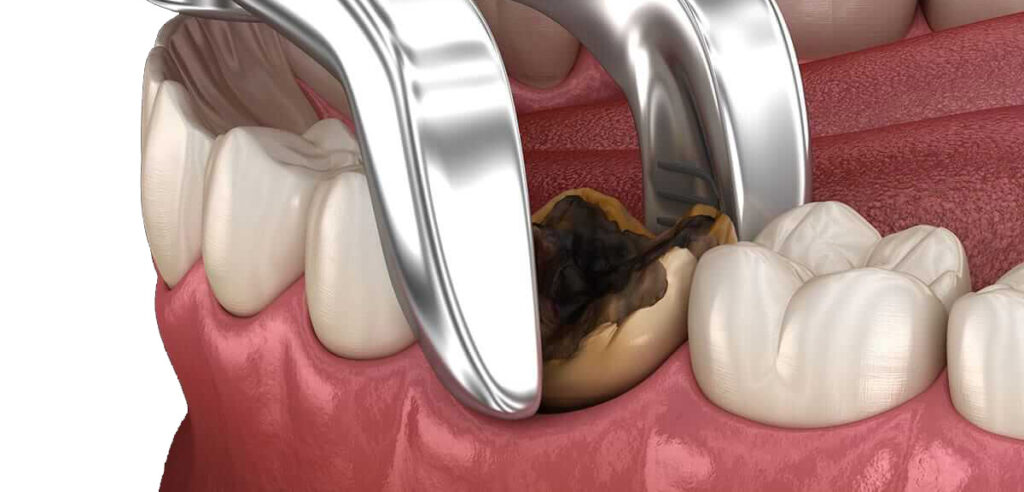
Surgical Vs. Non-Surgical Tooth Extraction
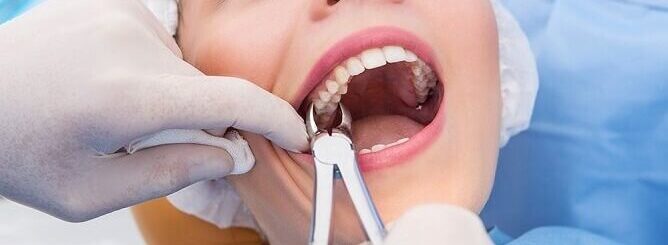
How do I prepare for a Tooth extraction?
Usually, your dentist or oral surgeon will consult with you to advise you on the extraction. They will want to know about your medical history, as well as any medication you may be currently on.
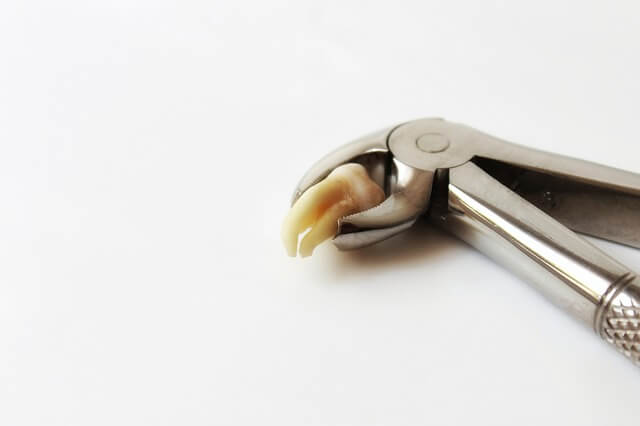
If I’m taking blood thinners should I stop?
Blood thinners are often taken to stop blood clots from forming in vessels, however, during surgery blood clots are needed to stop the bleeding. If you are taking blood thinners, please inform your general dentist or oral surgeon in the initial discussion about the tooth extraction, they will advise you what to do.
A dental surgeon will manage the bleeding on the extraction site by:
- Using medications on the gums
- Using gauze on the extraction site
- Stitching the extraction site close
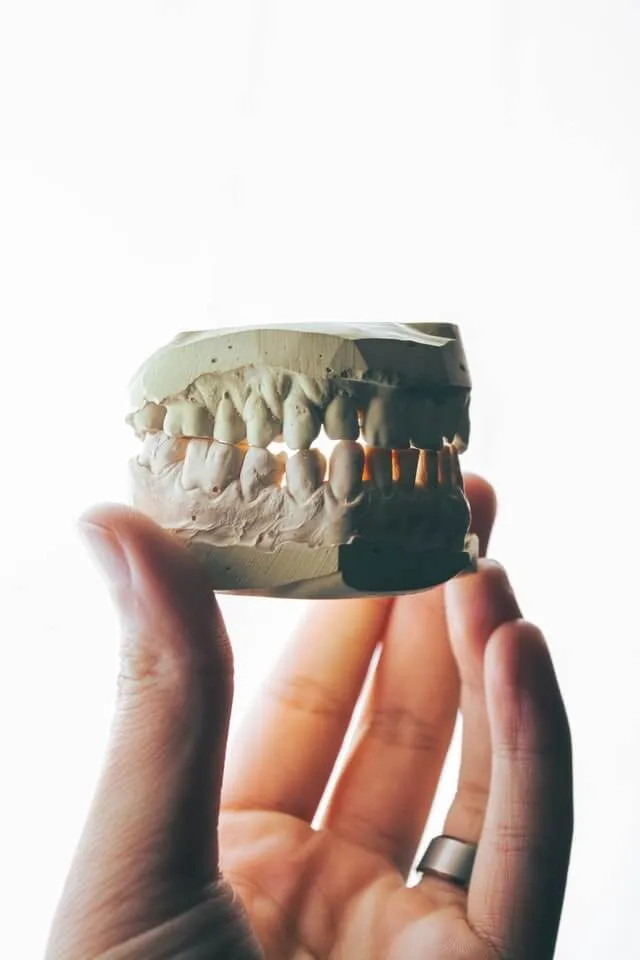
Will I be given antibiotics for my dental extraction?
Some situations may require you to be prescribed antibiotics before dental extractions. Antibiotics may be used to:
- Cure an infection
- Prevent swelling
- Cure a Fever
- Heal any localized swelling

Will I Need sedation for a Tooth extraction?
For most patients, sedation will be overkill. Sedation may be useful if the patient has any anxiety over the dentist, or if you are getting wisdom teeth extracted, you may need sedation. The majority of patients will only need local anesthesia, this will numb the extraction point, however, the patient will remain fully conscious.
What Types Of Sedation Do We Use?
If you do require sedation, the general dentist or oral surgeon may offer you one of these choices depending on the situation.
Nitrous Oxide
Oral Sedation
Intravenous (IV) Sedation
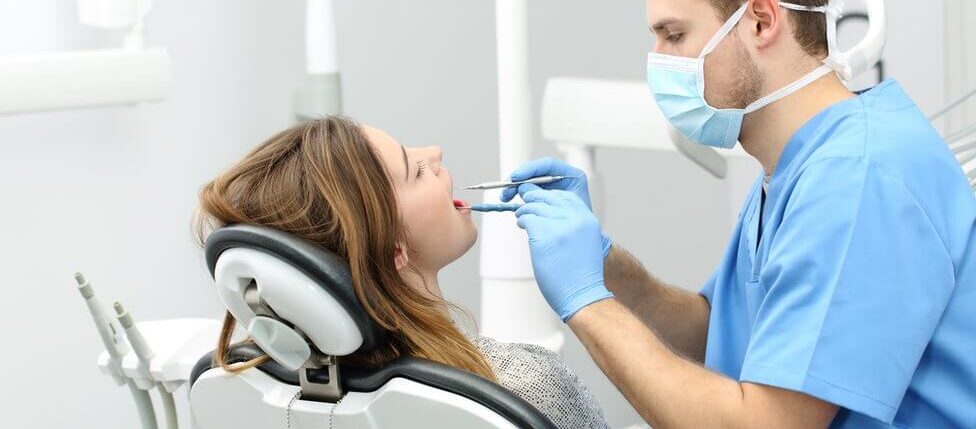
What is the tooth extraction procedure?
The steps for a dental extraction are as follows:
- An x-ray will be taken and analyzed
- A local anesthetics or sedation drug will be administered
- If the gum is covering the tooth, then it will be removed to expose the tooth
- If the tooth is exposed, the dentist will remove it one piece or many if necessary
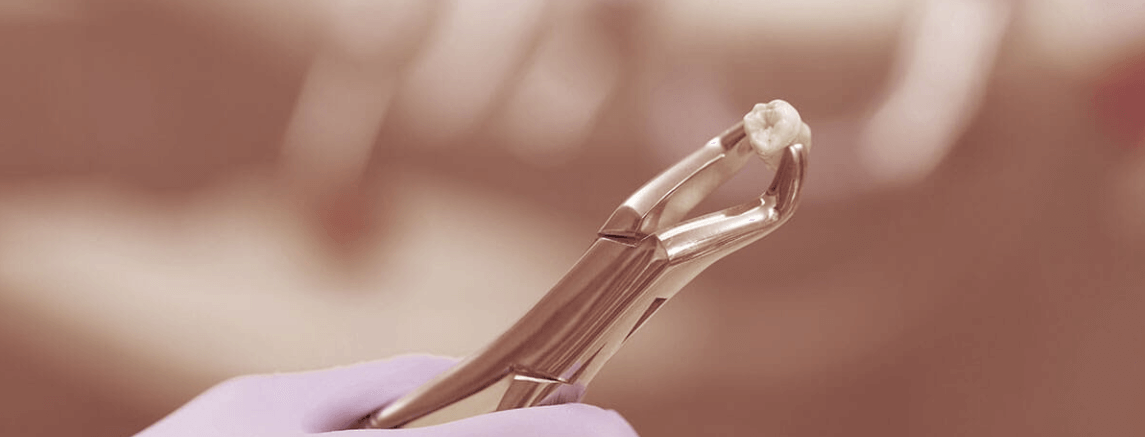
Tooth Extractions – Aftercare Tips
Changing the dental gauze
The dentist will use a thick layer of gauze to stop the bleeding after the initial extraction.
Controlling Pain
If you had the local anesthetic, the numbness should only last for a few hours after it is administered, if it persists, contact your dentist.
Controlling swelling

Tooth Extraction Aftercare
You should follow your dentist’s instructions, and take the prescribed medications.
- 1 hour after surgery – Maintain pressure on the gauze.
- After 1 hour – Wet the area and remove the gauze.
- 24 hours after surgery – Avoid spitting, rinsing, or sucking on a straw. This may damage the blood clot. If you have any blood in your mouth from the surgery, gently spit it out, or swallow it, if you are able. Avoid changing the gauze as you may damage the blood clot. Do not engage in strenuous activity and stay well-rested.
- After the first 24-48 hours – Gently rinse your mouth with saltwater. This will promote faster healing and help stave off infection.
- 48 hours after surgery – Avoid smoking.
For up to 1 or 2 weeks after surgery follows these tips to promote faster healing:
- Stick to softer foods in your diet.
- Wash your mouth with salt water every 3 or 4 hours (or after every meal).
- Avoid brushing the extraction site directly.
- Stitches should be dissolved by now, or your dentist will need to remove them.
Some swelling and bruising should be expected as this is normal.
Frequently asked Questions
You dentist will tell you when you should call based on the tooth being extracted, and what pertains to that tooth.
